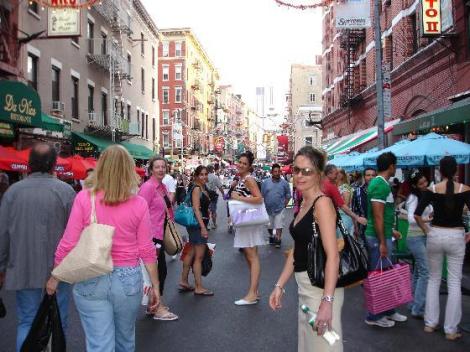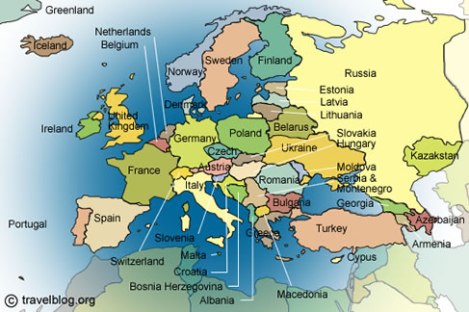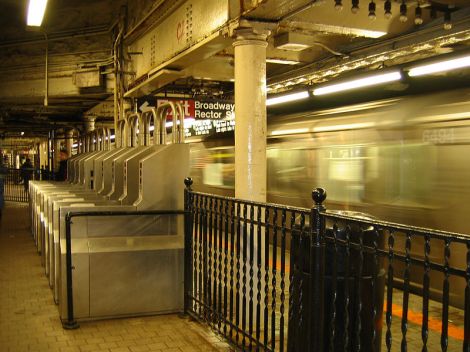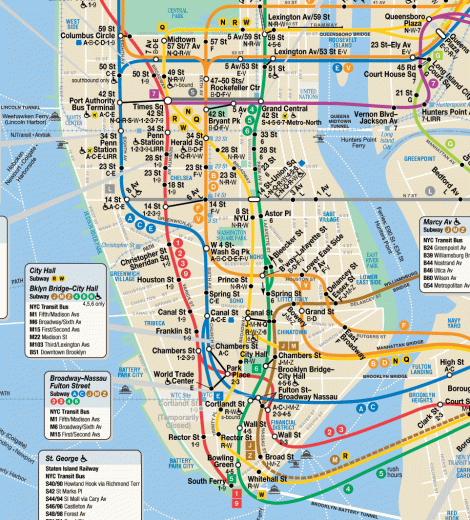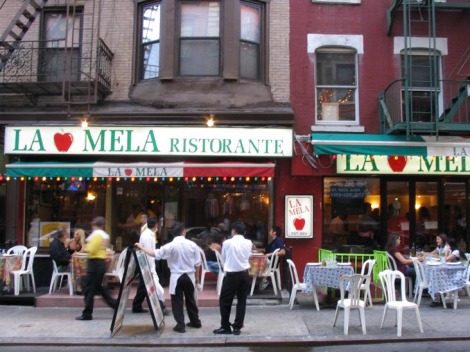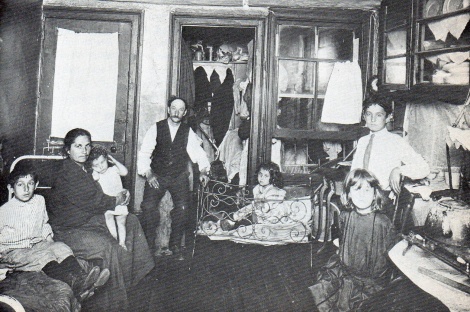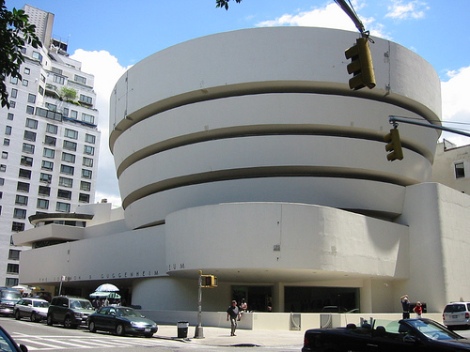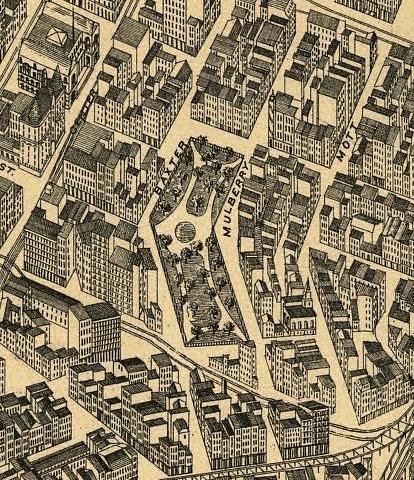
Basic Plot –
At one point or another, we have all reminisced about the past, either in our own lives or possibly long before then. Who hasn’t dreamt about what it might be like to live in another time period? I know that for me personally, the present always seems so stale and boring. This has always been the case, even when I was younger. Now, I look back on those days and miss them a lot. So, I guess we don’t realize how good times are until they pass us by.
Still, most people would jump at the opportunity to travel back in time. For me personally, the 1980’s was always the period I wanted to go back to most. This may seem silly to anyone who lived through that time, but I was born at the tail end and always felt like I missed out. The music was good, the movies were fantastic, and culturally speaking, our society had enough of the technology that is around today (aka cable television and microwaves) to keep me sane, while also not being as complicated and fast-paced as the world is now. Sure, not having the Internet may take an adjustment, but I think it would ultimately be a good thing.
This musical is set in a modern-day suburb outside of Columbus, Ohio, called Hill Valley, taken from Back to the Future. I should note that this musical is not about Back to the Future, rather, it incorporates themes from many different 80’s movies and television shows, as well as the culture in general, to create the ultimate experience. Everything in the town is representative of modern-day American culture. We see McDonalds, Wal-Mart, and ads for shows like Jersey Shore and American Idol. One group of high school friends, seniors, is lazily sitting around a living room, bored and grumbling about the drabness of the world that we live in.
One of the kids makes a wish that they could all “just go back in time.” Suddenly and without warning, the room begins to spin, and the five of them realize that something has happened. They are in the same living room, but the decorations and furnishings are different. They have been transported back to 1985. They are thrilled and shocked at what has taken place, and have great adventures. In the end, though, they receive a big lesson on living for the future, and not latching onto the past. They realize that every generation has its hardships and that the past is not all fun and games. They find a way to travel back to 2010, and focus on making the most out of life today, without dreaming about the past, which we can never truly have back.
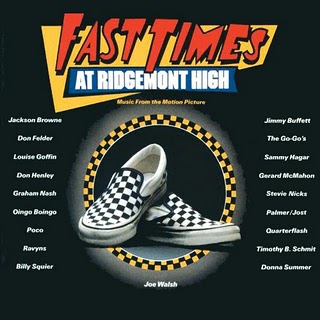
Clothing –
Clothing in the modern day is actually not significantly different from 25 years ago, generally speaking. Girls would probably not be wearing the skimpy clothing that they oftentimes do today, however, so that would be different. Guys could be wearing the traditional polo and jeans, which were just as common back then as today. Girls would have a lot of leggings and vibrant colors. Many outfits from that era were simply thrown together and made no sense, so a lot of their classmates at school would be dressed this way. There is a great diversity in style and method of dress.
Hair/Makeup –
Girls in the 80’s wore a lot of makeup and had big, crazy hairstyles, so many of the girls in this musical will as well. It won’t be overdone, though, because most people probably did not look this way and had an appearance comparable to someone from today. For guys especially, there would not be much of a difference in hair or makeup from today, except maybe for some punk kids that live in the town.
Location/s –
Shows and movies from the 80’s tend to take place in one of two places: California, probably because mostly everything takes place in California, and the Midwest. All of John Hughes’ films, for example, are set in suburban Chicago, because that was where he grew up. I chose Ohio for the setting of this film because I think it is the state that can be considered the most “All-American,” and the point of the musical is to focus on teenagers who are fed up with the standard modern-day American life that they live and want to be transported to another time. The new place they are sent to is also the exact same town 25 years earlier, but the culture is different. The five friends enjoy their new lives for a time, but begin to grow bored of it and realize that any time period is better to look back on than to actually live.
Aside from the town of Hill Valley being the primary setting for the show, we have many different scenes where the friends are in different places. The living room, the town square, their high school, parties, and various hangout spots throughout town are all featured in this musical. We see them both in 1985 and in the present, and can make comparisons on our own.

Type of Musical –
Most of the musical is a comedy, and is meant to be a lot of fun to watch. However, there is also a serious message present, which is that it is important to live for today and look towards the future, because the past is in the past, and we always over-romanticize it in our heads anyway. So, the musical will be funny, but also have serious overtones. The end may be more sad/hopeful than funny. Of course, people will perceive things in different ways, and that is part of what makes any musical great – seeing how individuals interpret and relate to it.
Special Effects –
This type of musical really wouldn’t need many special effects. We would need things like lights and smoke for some of the transformation scenes, and maybe some of the others, but large-scale expensive effects will probably not be used. The simplicity of the past that is being conveyed here just doesn’t require it. Also, I have always believed that a strong storyline and good acting is what really makes a musical or film, for that matter, and that special effects can be great if used properly, but can never make up for poor acting or a bad plot.
Soundtrack –
The music used in the production will be a mix of songs from today and from the 1980’s. Some examples are listed below:
Der Kommissar – After the Fire
Take on Me – Ah Ha
Heat of the Moment – Asia
Flesh for Fantasy – Billy Idol
Living on a Prayer – Bon Jovi
Video Killed the Radio Star – Buggles
Drive – The Cars
Boys Don’t Cry – The Cure
You Make My Dreams – Hall & Oates
Come on Eileen – Dexy’s Midnight Runners
We Got the Beat – The Go-Go’s
Stop This Train – John Mayer
Don’t Stop Believing – Journey
All Night Long – Lionel Richie
Material Girl – Madonna
Thriller – Michael Jackson
This Afternoon – Nickelback
Sister Christian – Night Ranger
Secrets – OneRepublic
Your Love – The Outfield
In Love With the 80’s – Relient k
Should’ve Known Better – Richard Marx
True – Spandau Ballet
18 and Life – Skid Row
Everybody Wants to Rule the World – Tears for Fears
She Blinded Me With Science – Thomas Dolby
If It’s Love – Train
Billionaire – Travie McCoy
Jamie’s Crying – Van Halen
Dance Hall Days – Wang Chung
Also reflected in this musical will be the conservative social and political atmosphere of the 1980’s and how it compares to today. We will see how American culture and societal norms affect the lives of individuals living 25 years ago, as well as in the present.





